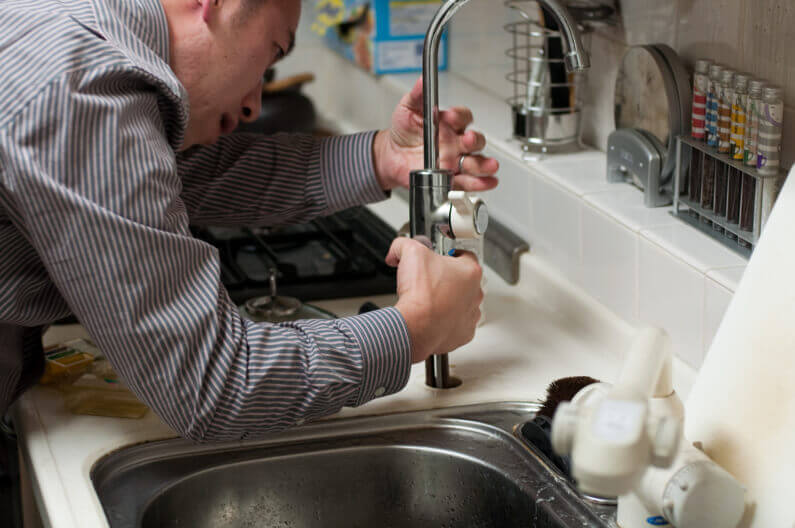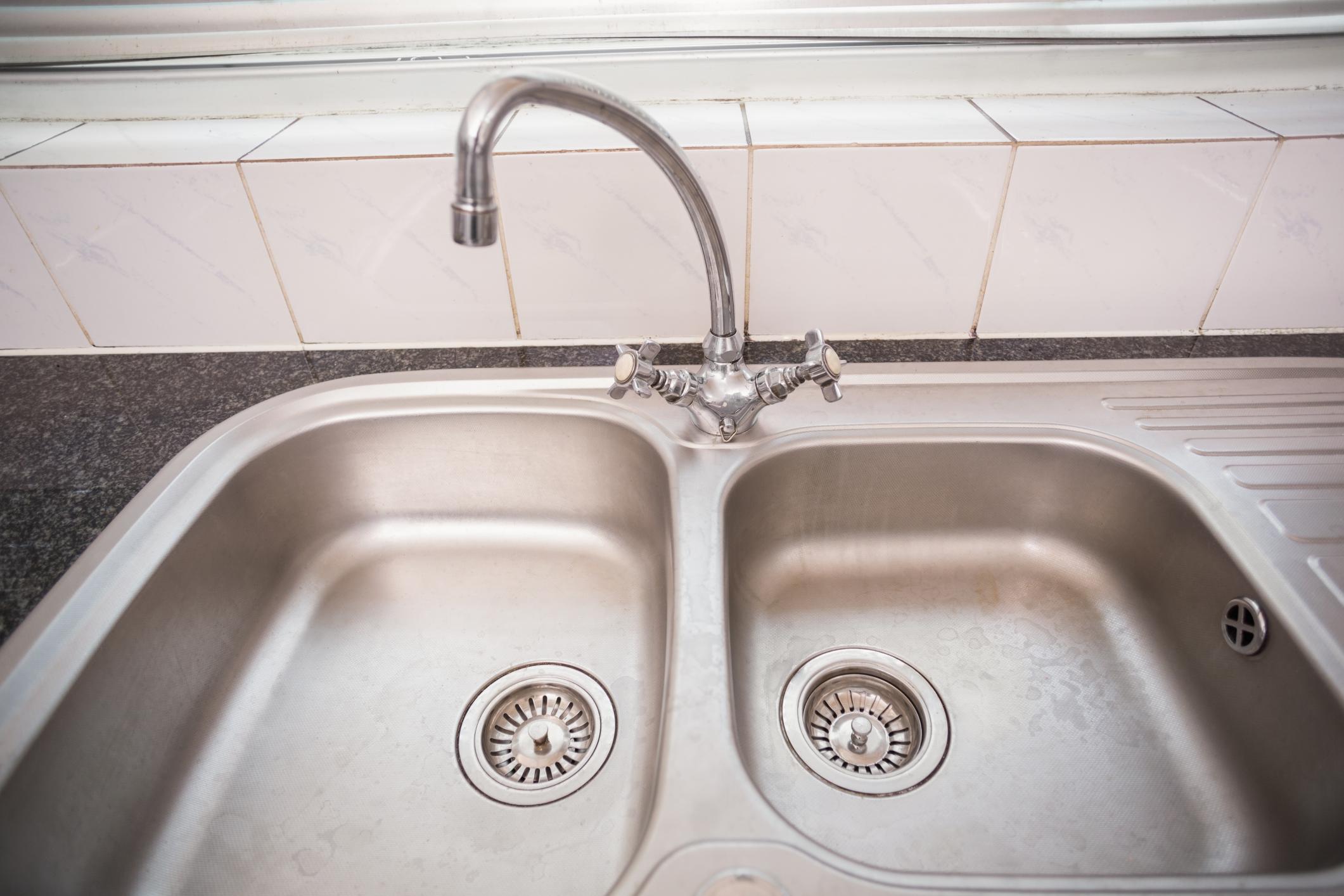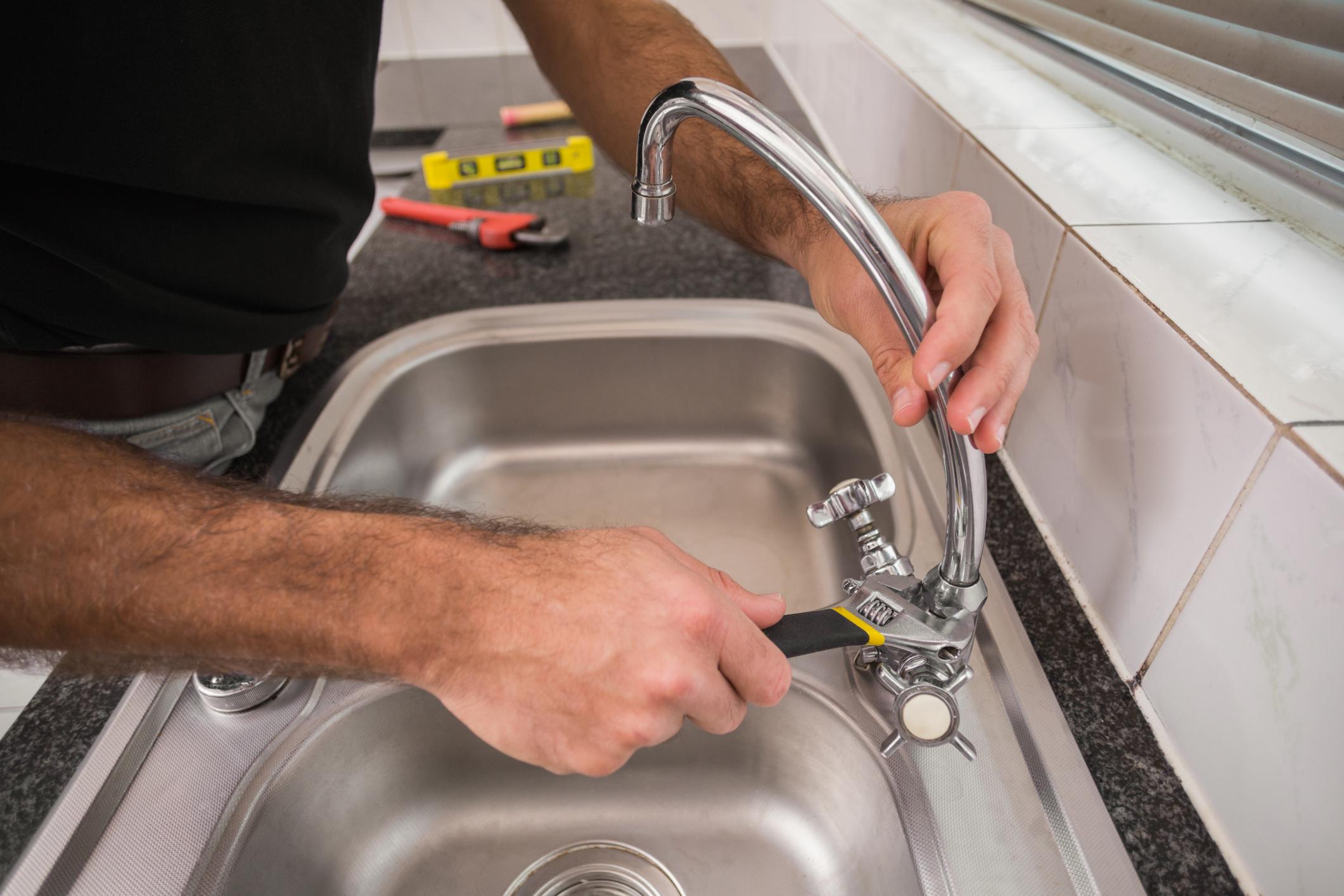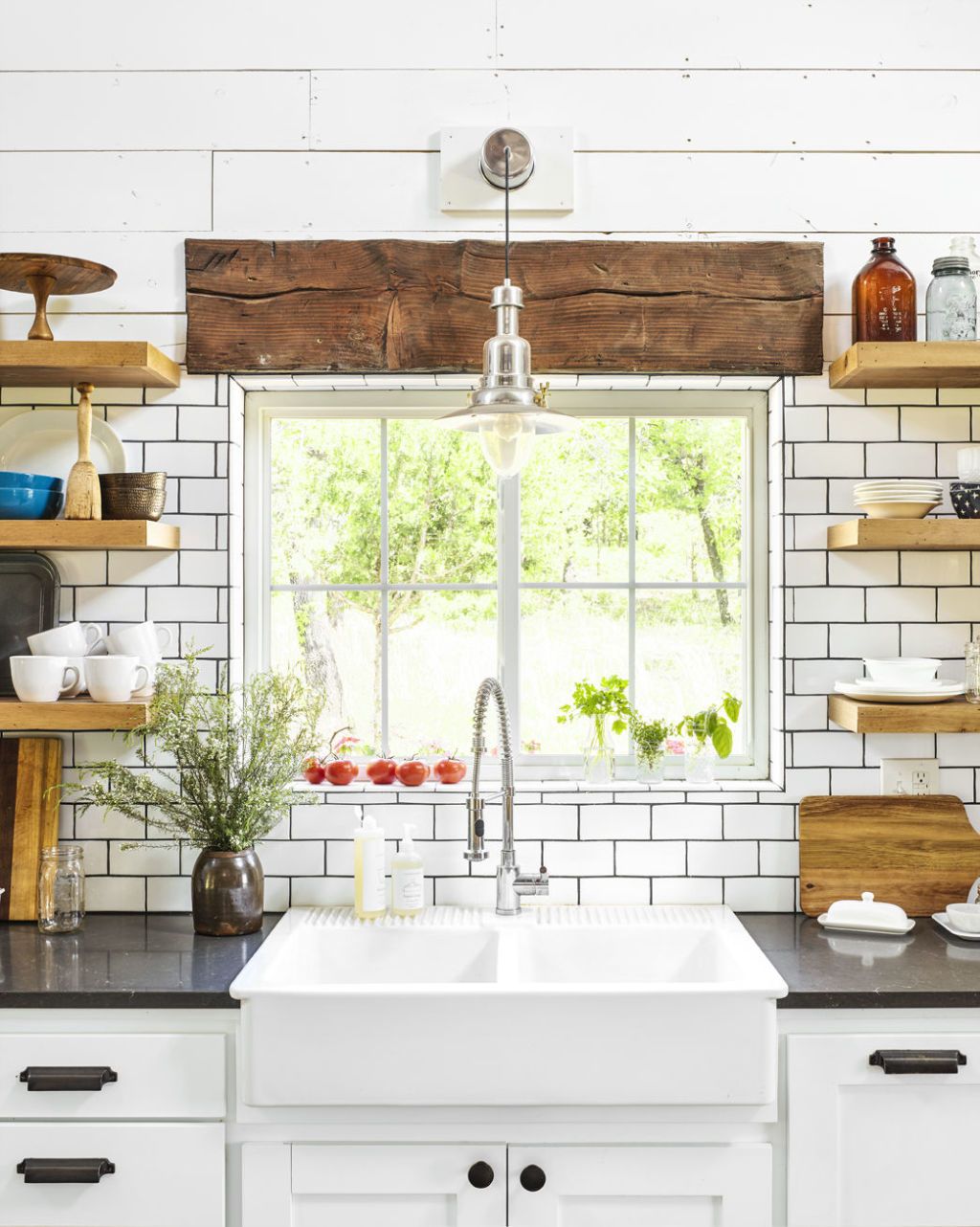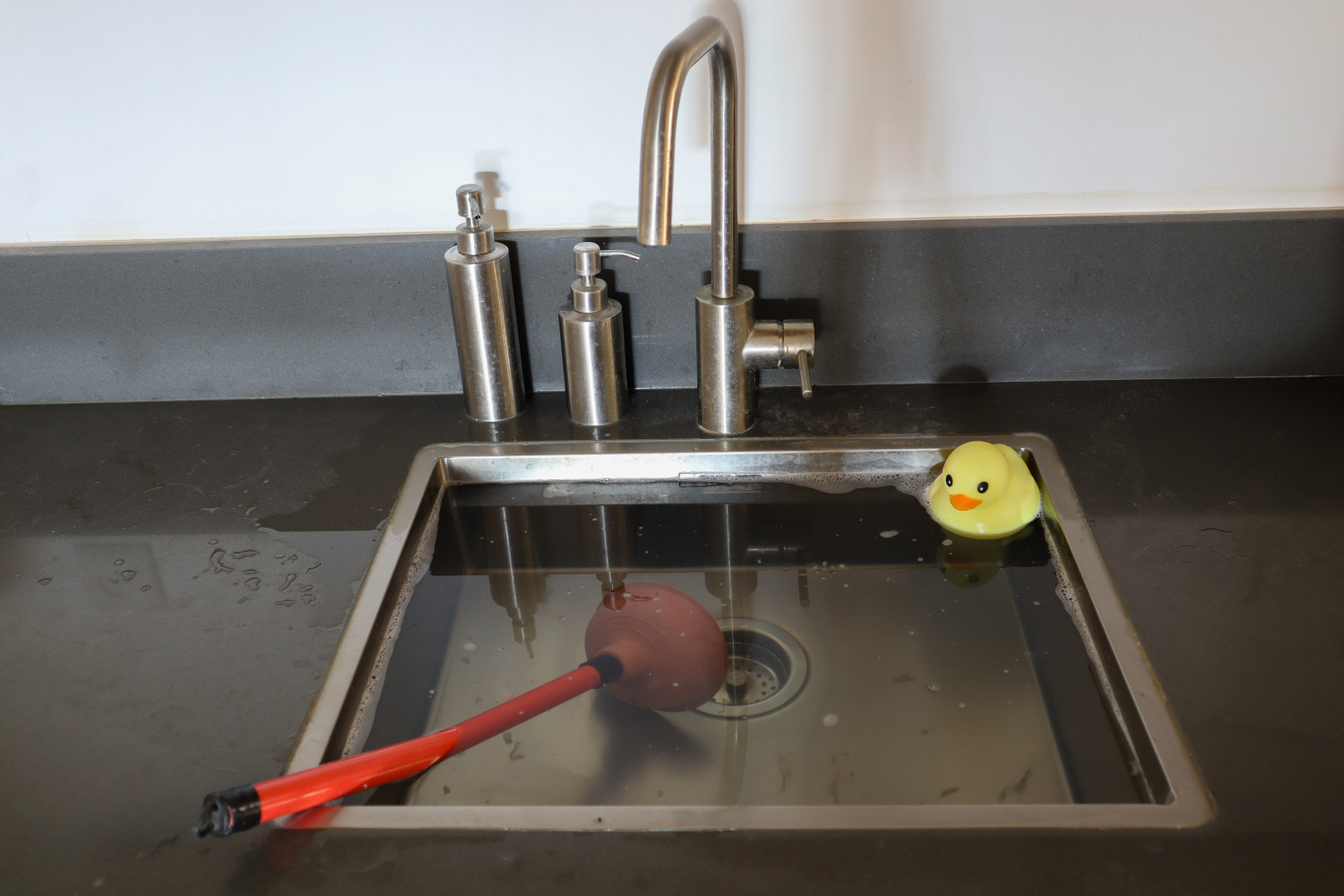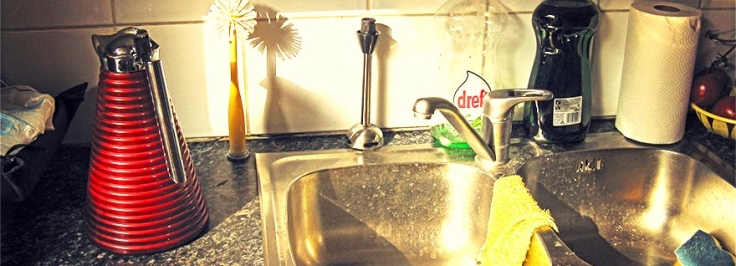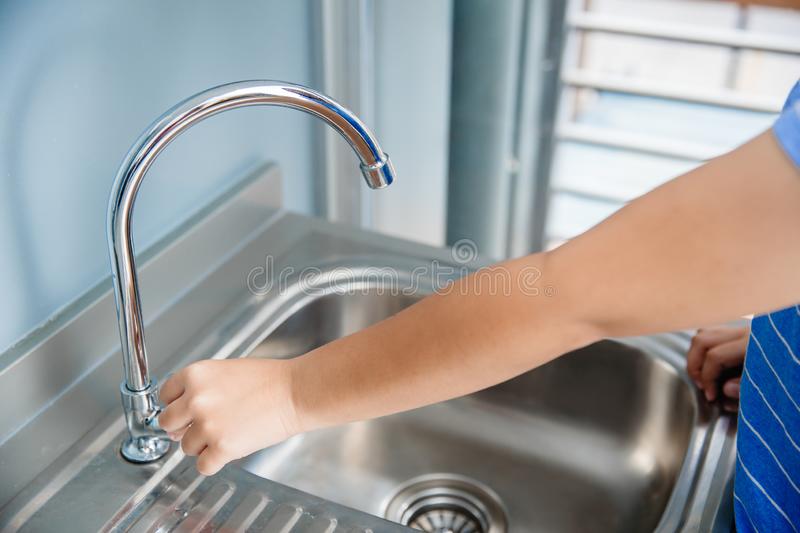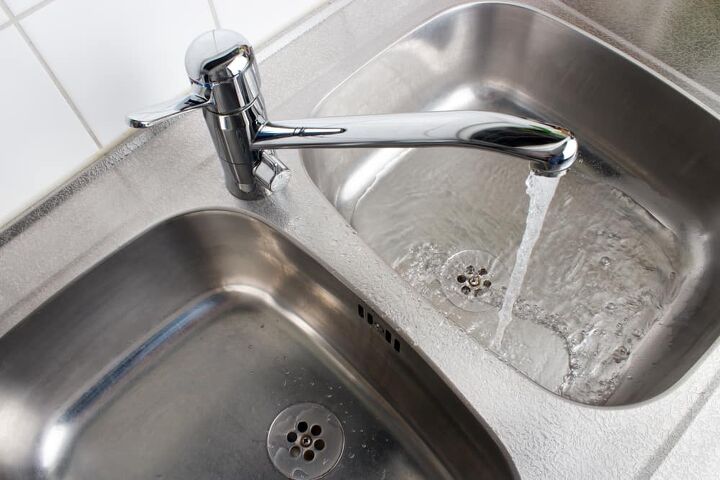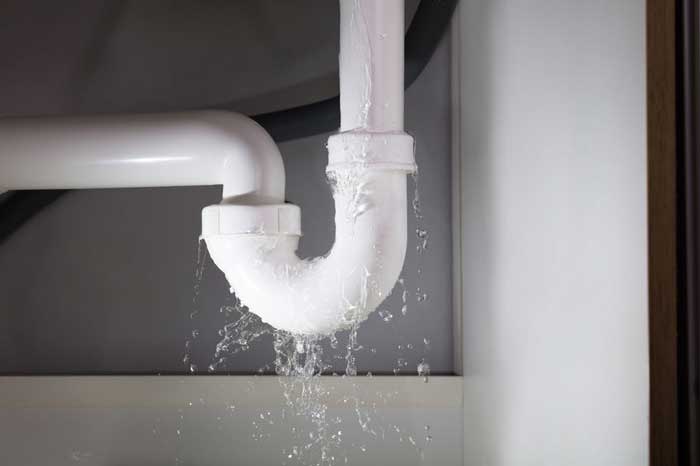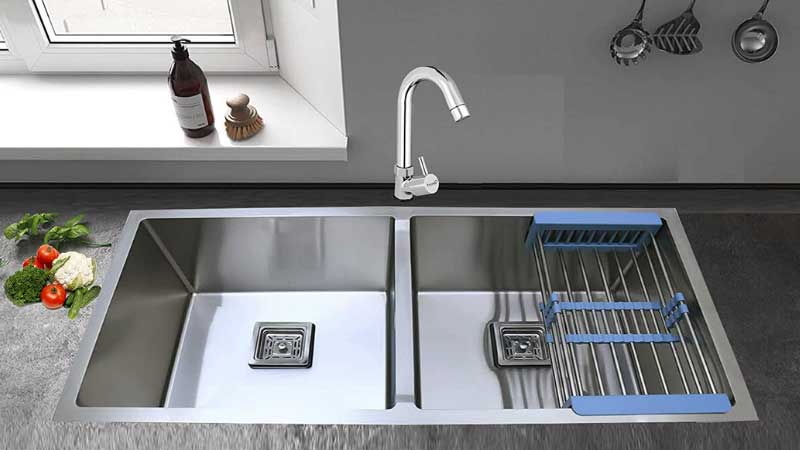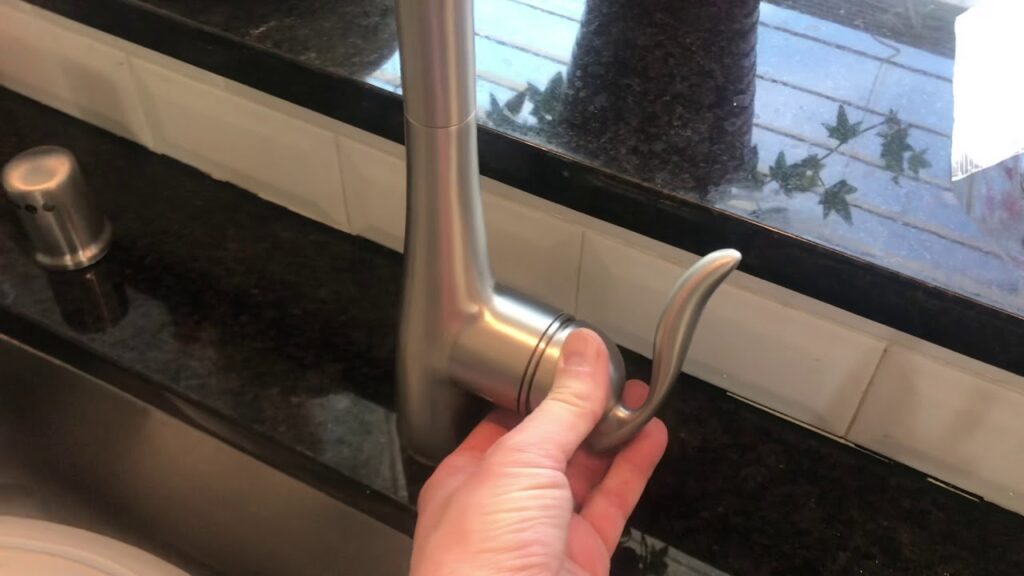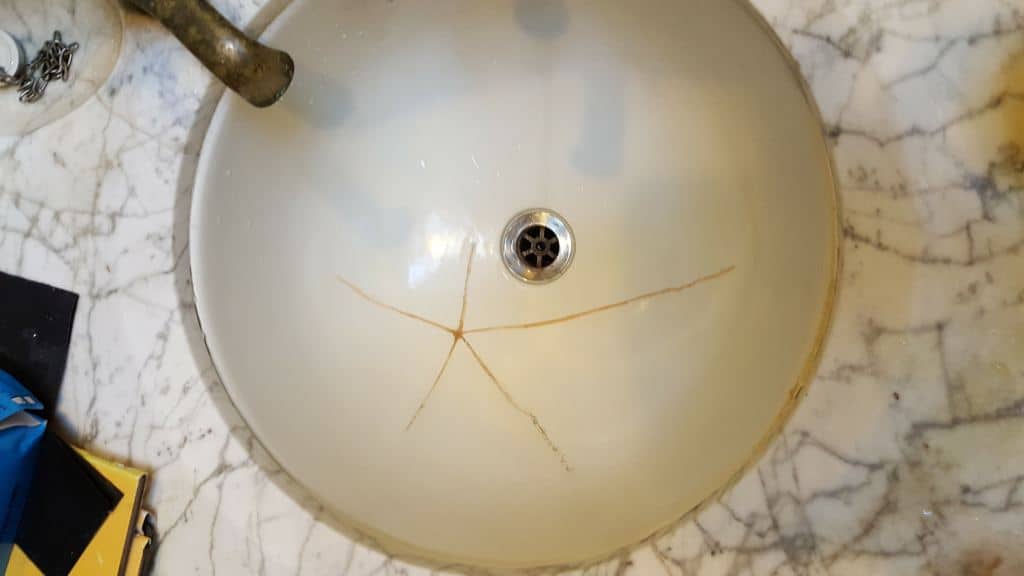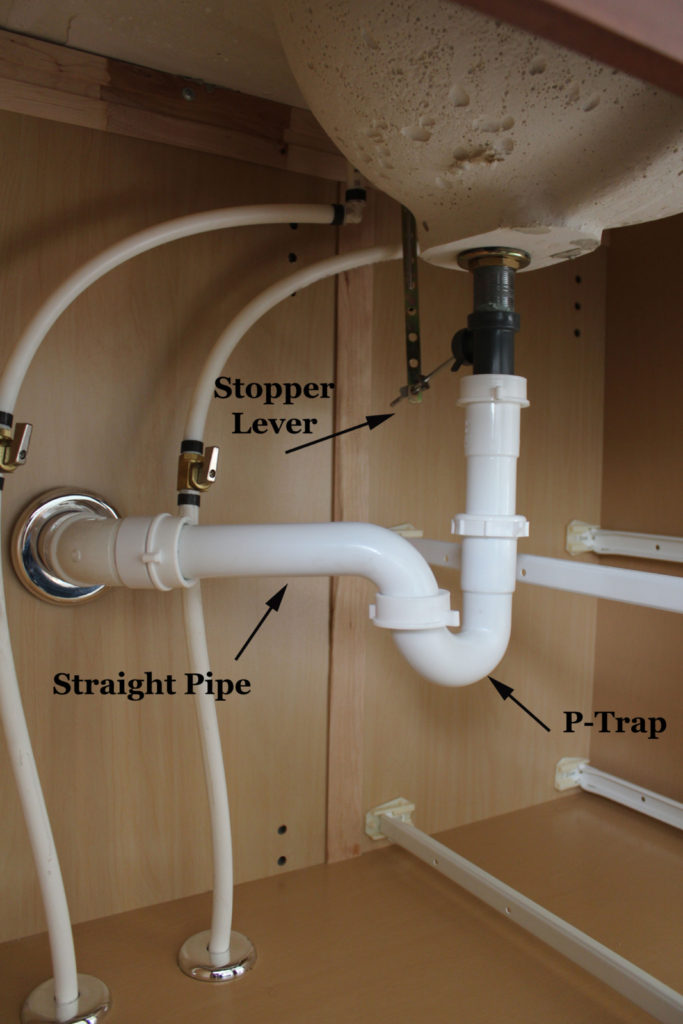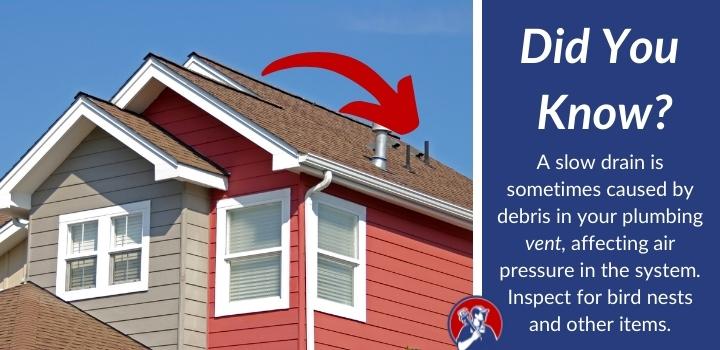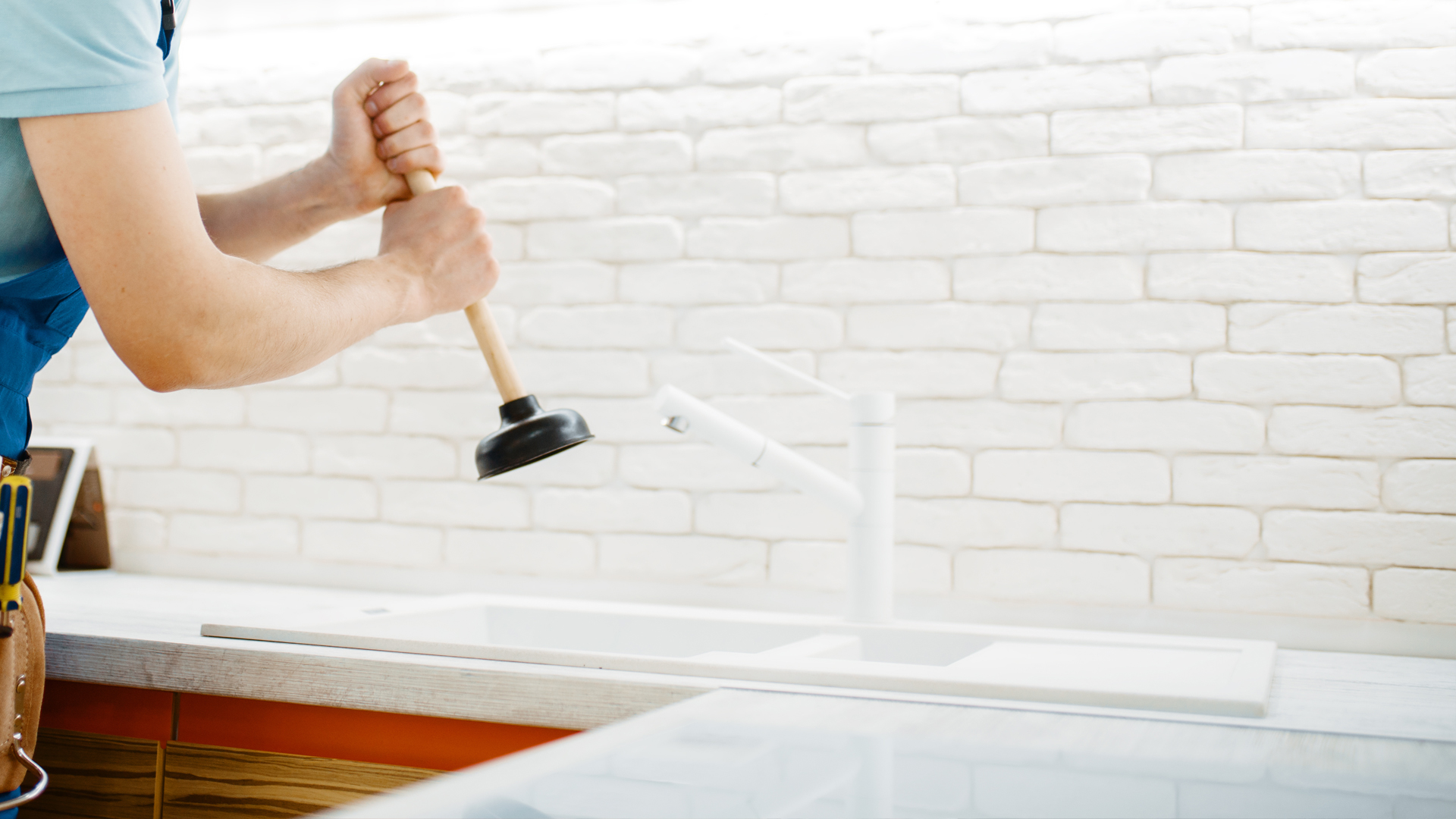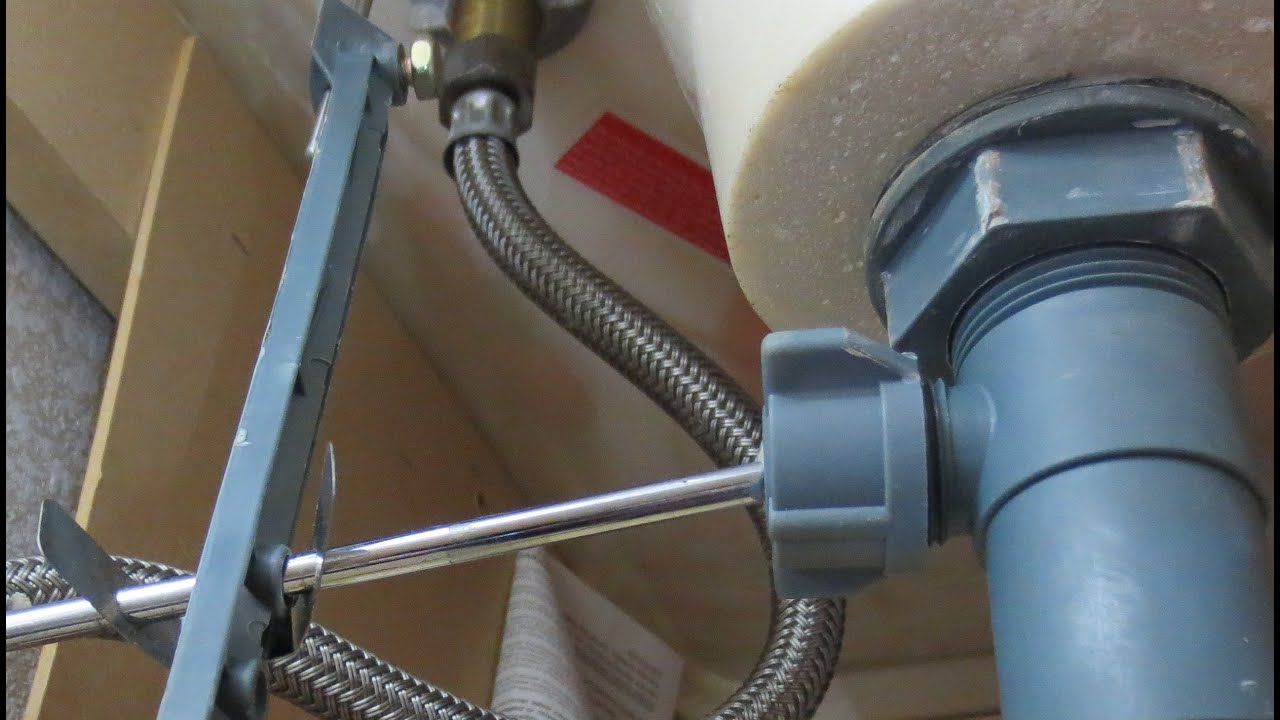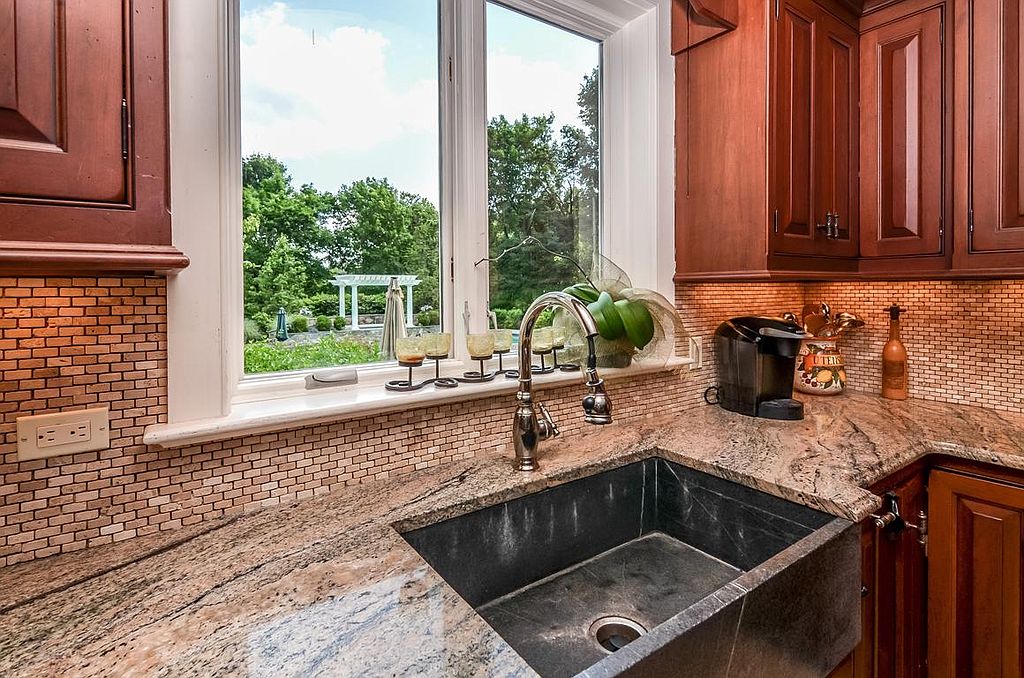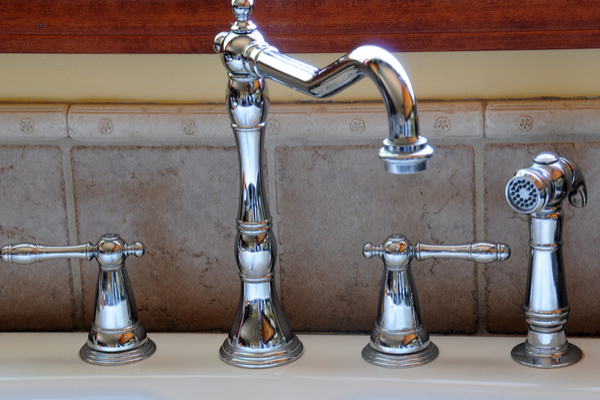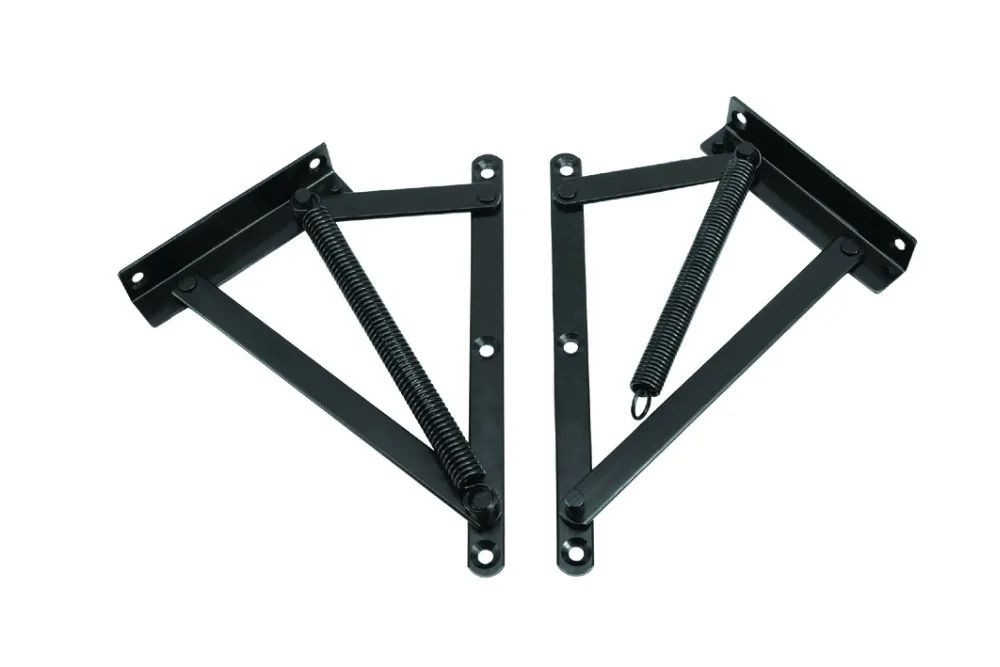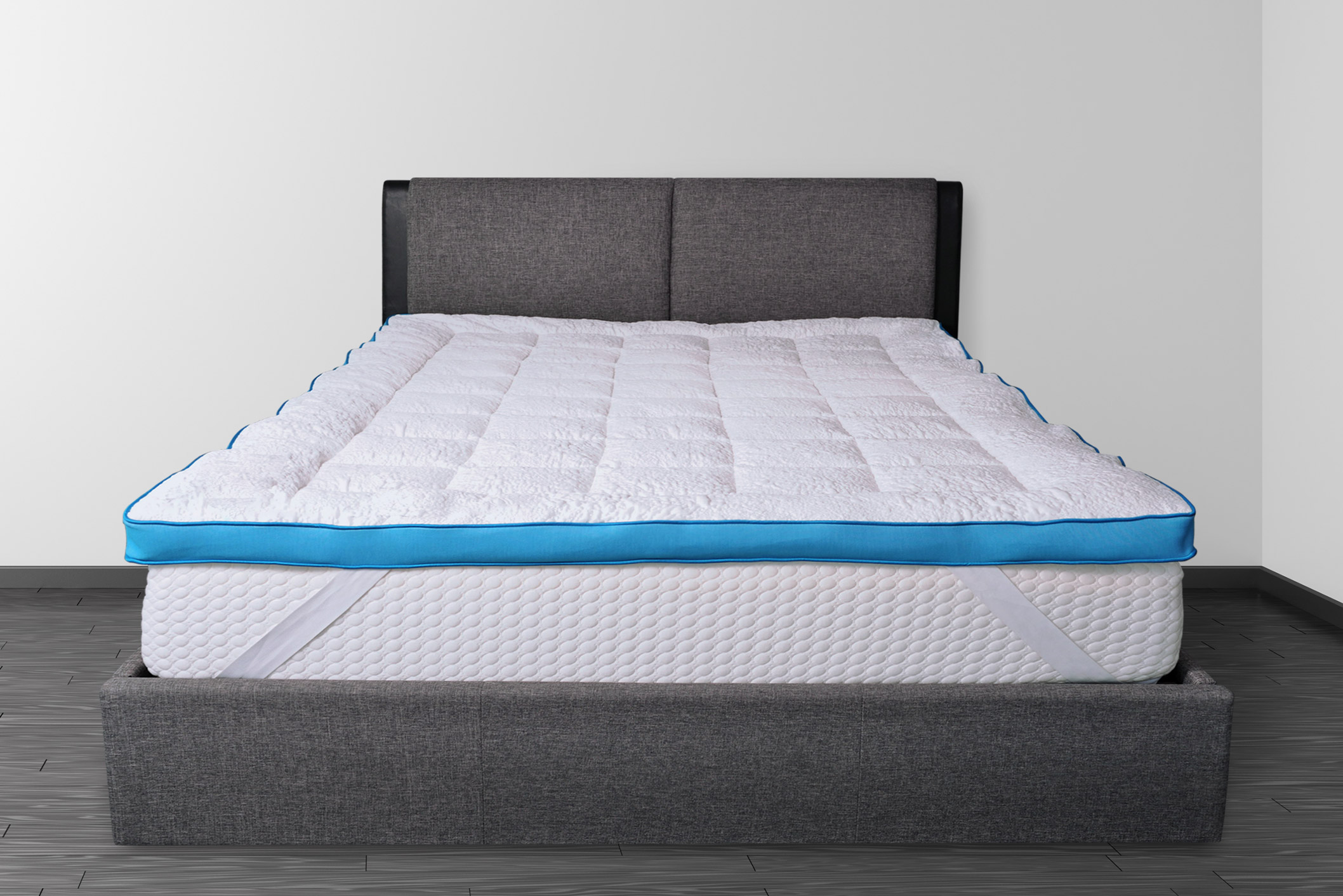If you're tired of the constant drip-drip-drip from your kitchen sink, it's time to take matters into your own hands and fix that leak. Not only is a leaky sink annoying, but it can also lead to water damage and higher water bills. Luckily, fixing a leak in your kitchen sink is a relatively simple task that can be done in just a few steps. First, you'll need to gather some tools and materials. Grab a wrench, plumber's putty, and a new sink basket if necessary. Turn off the water supply to your sink and place a bucket or towel underneath the pipes to catch any excess water. Then, use the wrench to loosen and remove the locknut and slip nut connecting the sink basket to the sink. Once those are removed, you can easily replace the old sink basket with a new one and reattach the nuts. Finally, turn the water supply back on and test for leaks. With a little bit of effort, you can say goodbye to that pesky leak and hello to a dry sink.1. How to Fix a Leaky Kitchen Sink
Do-it-yourself projects are a great way to save money and feel a sense of accomplishment. When it comes to repairing your kitchen sink, there are several tasks you can tackle on your own. From fixing a clog to replacing a faucet, DIY kitchen sink repair can save you a call to the plumber and some extra cash. If your sink is clogged, start by using a plunger to try and clear the blockage. If that doesn't work, you can use a drain snake to break up the clog. For a leaky faucet, you may need to replace the O-ring or cartridge. If the problem is a loose or broken faucet, you can easily replace it with a new one. With a little research and some basic tools, you can handle many kitchen sink repairs on your own and feel like a DIY pro.2. DIY Kitchen Sink Repair
Like any other household appliance, kitchen sinks can experience a variety of problems. While some may require the help of a professional, others can be fixed with a few simple steps. One of the most common issues with kitchen sinks is clogs. These can be caused by food scraps, grease, or other debris. To prevent clogs, be mindful of what you put down your sink and use a drain stopper to catch any large particles. Another common problem is a loose or leaky faucet. This can often be fixed by tightening the screws or replacing a worn-out part. If your sink is draining slowly, it may be due to a buildup of grime and debris in the pipes. You can try using a drain cleaner or snake to clear the blockage. If the problem persists, it may be best to call a professional to avoid any further damage.3. Common Kitchen Sink Problems and How to Fix Them
Dealing with a clogged kitchen sink can be a frustrating and messy experience. But with the right tools and a little bit of patience, you can clear that clog and get your sink draining properly again. The first step is to remove any standing water from the sink using a bucket or towel. Then, use a plunger to try and dislodge the clog. If that doesn't work, try using a drain snake to break up the blockage. If neither of those methods works, you can try using a homemade drain cleaner made of baking soda and vinegar. Simply pour a cup of baking soda down the drain, followed by a cup of vinegar. Let it sit for a few minutes, then flush with hot water. If the clog persists, it may be time to call a professional plumber for assistance.4. Step-by-Step Guide to Fixing a Clogged Kitchen Sink
A dripping kitchen sink can be a constant annoyance and can also lead to water damage and wasted water. There are a few potential causes for a dripping sink, including a worn-out O-ring or a loose or damaged faucet. If the leak is coming from the base of the faucet, you may need to replace the O-ring. If the leak is coming from the spout, you may need to replace the cartridge. In some cases, a simple tightening of the faucet screws can solve the problem. If you're unsure of how to fix the issue, it's best to consult a professional plumber.5. Troubleshooting a Dripping Kitchen Sink
A loose kitchen sink faucet can be a frustrating problem, causing the faucet to move around and potentially leak. Luckily, there are a few simple solutions to this problem. First, try tightening the mounting screws underneath the sink. If that doesn't work, you may need to replace the mounting gasket or use plumber's putty to create a tighter seal. If the issue is a loose handle, you can simply tighten the screw or replace the handle altogether. If you're not comfortable taking apart your faucet, it's best to call a professional plumber to ensure the job is done correctly.6. Quick and Easy Ways to Fix a Loose Kitchen Sink Faucet
A cracked kitchen sink can be a major headache, but it doesn't always mean you need to replace the entire sink. If the crack is small and on the surface, you can repair it with epoxy or a similar adhesive. Simply clean the area around the crack, apply the adhesive, and let it dry according to the product's instructions. If the crack is larger or extends beneath the surface, it may be necessary to call a professional to assess the damage and determine the best course of action. In some cases, a crack may require a full replacement of the sink.7. Repairing a Cracked Kitchen Sink
If your kitchen sink is draining slowly, it's likely due to a buildup of food scraps, grease, or other debris in the pipes. The first step to fixing this issue is to remove any standing water from the sink. Then, use a plunger to try and clear the blockage. If that doesn't work, you can use a drain snake to break up the clog. If these methods don't work, you can try using a chemical drain cleaner. However, be cautious when using these products as they can be harsh and may damage your pipes. If the slow drain persists, it's best to consult a professional plumber.8. How to Fix a Slow-Draining Kitchen Sink
A kitchen sink sprayer can be a handy tool for rinsing dishes and cleaning the sink. But if it's not working properly, it can be frustrating. Common issues with a sprayer include clogs, leaks, and low water pressure. Before attempting to fix the sprayer, make sure the water supply is turned off. If the sprayer is clogged, you can try using a pin or toothpick to remove any debris. If the issue is low water pressure, check the aerator for buildup and clean it if necessary. If the sprayer is leaking, you may need to replace the O-ring or the entire sprayer head. If you're unsure of how to fix the problem, consult a professional plumber.9. Tips for Fixing a Kitchen Sink Sprayer
The kitchen sink drain can experience a variety of issues, from clogs to leaks to strange odors. To prevent clogs, make sure to use a drain stopper and avoid putting large food scraps down the drain. To eliminate odors, you can try pouring a mixture of baking soda and vinegar down the drain and flushing it with hot water. If the drain is leaking, you may need to replace the gasket or tighten the connections. If the issue is a clog, you can try using a plunger or drain snake to clear the blockage. If the problem persists, it's best to call a professional plumber for assistance. In conclusion, while kitchen sink problems can be frustrating and inconvenient, many can be easily fixed with some basic tools and know-how. By following these tips and troubleshooting common issues, you can save yourself time and money and keep your kitchen sink running smoothly.10. Fixing a Kitchen Sink Drain: Common Problems and Solutions
Why Fixing Your Kitchen Sink is Essential for a Functional Home
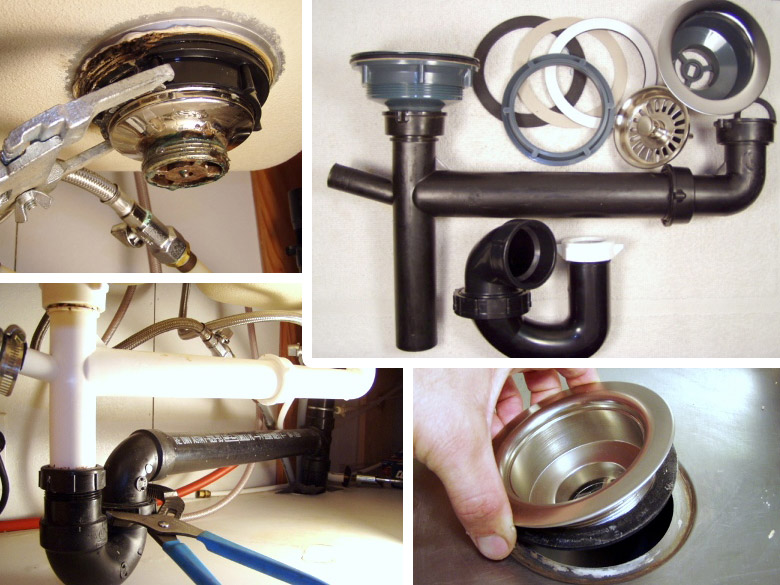
The Kitchen Sink: A Vital Part of Your Home
 When it comes to designing the perfect home, the kitchen is often considered the heart of the house. It's where meals are prepared, memories are made, and families gather to spend time together. And at the center of it all is the kitchen sink. This essential fixture not only serves as a functional tool for washing dishes and preparing food, but it also adds to the overall aesthetic and design of your kitchen. However, just like any other household appliance, your kitchen sink is prone to wear and tear and may require regular maintenance or even
fixing
to keep it functioning properly.
When it comes to designing the perfect home, the kitchen is often considered the heart of the house. It's where meals are prepared, memories are made, and families gather to spend time together. And at the center of it all is the kitchen sink. This essential fixture not only serves as a functional tool for washing dishes and preparing food, but it also adds to the overall aesthetic and design of your kitchen. However, just like any other household appliance, your kitchen sink is prone to wear and tear and may require regular maintenance or even
fixing
to keep it functioning properly.
The Consequences of Neglecting Your Kitchen Sink
 Many homeowners tend to overlook the importance of
fixing
their kitchen sink, often assuming that a small leak or crack is not a big deal. However, neglecting these issues can lead to major problems down the line. A small leak can quickly turn into a burst pipe, causing extensive water damage and potentially leading to mold and mildew growth. A cracked sink can also become a breeding ground for bacteria, putting your family's health at risk. Not to mention, a damaged sink can be a major eyesore in an otherwise well-designed kitchen.
Many homeowners tend to overlook the importance of
fixing
their kitchen sink, often assuming that a small leak or crack is not a big deal. However, neglecting these issues can lead to major problems down the line. A small leak can quickly turn into a burst pipe, causing extensive water damage and potentially leading to mold and mildew growth. A cracked sink can also become a breeding ground for bacteria, putting your family's health at risk. Not to mention, a damaged sink can be a major eyesore in an otherwise well-designed kitchen.
Benefits of Fixing Your Kitchen Sink
 By addressing any issues with your kitchen sink promptly, you can save yourself from potential headaches and costly repairs in the future.
Fixing
your kitchen sink can also improve the overall functionality and efficiency of your kitchen. A leak-free sink means no more wasted water and a cracked sink can be replaced with a more durable and visually appealing option. Additionally, a well-maintained sink can increase the value of your home, making it a worthwhile investment.
By addressing any issues with your kitchen sink promptly, you can save yourself from potential headaches and costly repairs in the future.
Fixing
your kitchen sink can also improve the overall functionality and efficiency of your kitchen. A leak-free sink means no more wasted water and a cracked sink can be replaced with a more durable and visually appealing option. Additionally, a well-maintained sink can increase the value of your home, making it a worthwhile investment.
Choosing the Right Professional to Fix Your Kitchen Sink
 While some minor issues with your kitchen sink can be fixed on your own, it's always best to consult a professional for any major repairs or replacements. A licensed plumber or contractor can properly assess the issue and provide the best solution for your specific sink and kitchen design. They can also offer valuable advice on maintaining your sink to prevent future problems.
In conclusion, a
fixed
kitchen sink is crucial for a functional and visually appealing home. Neglecting this essential fixture can lead to major consequences and expenses. So, if you notice any issues with your kitchen sink, don't hesitate to seek professional help to ensure the heart of your home continues to run smoothly.
While some minor issues with your kitchen sink can be fixed on your own, it's always best to consult a professional for any major repairs or replacements. A licensed plumber or contractor can properly assess the issue and provide the best solution for your specific sink and kitchen design. They can also offer valuable advice on maintaining your sink to prevent future problems.
In conclusion, a
fixed
kitchen sink is crucial for a functional and visually appealing home. Neglecting this essential fixture can lead to major consequences and expenses. So, if you notice any issues with your kitchen sink, don't hesitate to seek professional help to ensure the heart of your home continues to run smoothly.


















